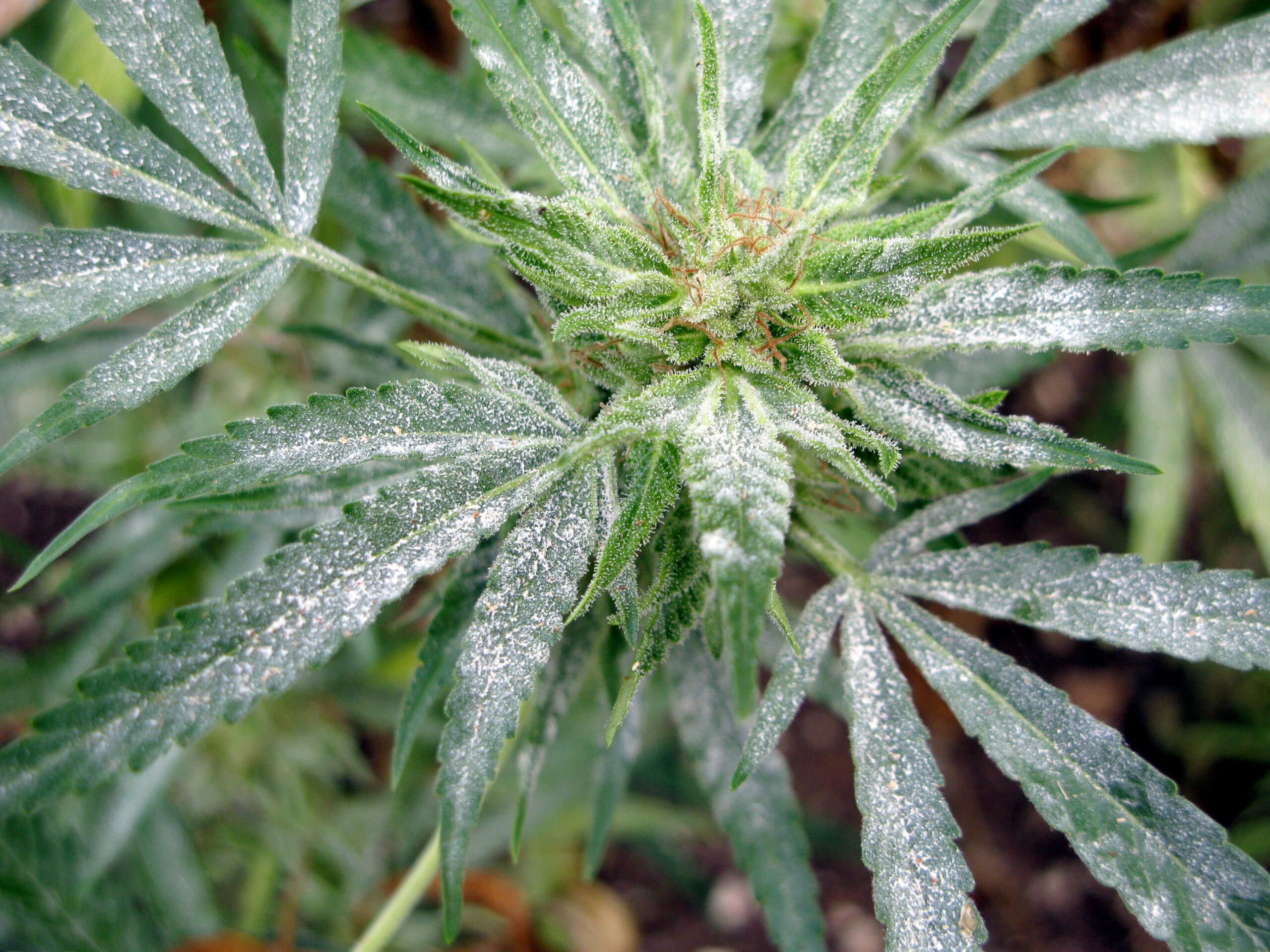Indoor Grow Air Quality: Essential Practices for Thriving Plants
Introduction
Indoor gardening and farming have gained immense popularity due to their ability to produce high-quality crops in controlled environments. However, maintaining optimal air quality is crucial for the success of any indoor grow operation. Poor air quality can lead to various problems, including stunted plant growth, increased susceptibility to pests and diseases, and lower yields. This article explores the importance of air quality in indoor grows and provides essential practices to ensure a healthy growing environment.
The Importance of Air Quality in Indoor Grows
-
Plant Health: Proper air quality is vital for the physiological processes of plants, including photosynthesis and respiration. Clean air ensures that plants receive the necessary carbon dioxide while minimizing exposure to harmful pollutants.
-
Pest and Disease Control: Poor air circulation and high humidity levels can create favorable conditions for pests and diseases. Maintaining good air quality helps prevent these issues, reducing the need for chemical interventions.
-
Yield and Quality: Consistent, high-quality air contributes to healthier plants, leading to better yields and higher-quality produce. This is especially important in commercial operations where crop quality directly impacts profitability.
Essential Practices for Maintaining Indoor Grow Air Quality
-
Ventilation:
- Air Exchange: Ensure regular air exchange by using exhaust fans and intake fans to bring in fresh air and expel stale air. Proper ventilation helps maintain optimal levels of carbon dioxide and oxygen.
- Oscillating Fans: Use oscillating fans to promote air movement within the grow space. This prevents the formation of stagnant air pockets and helps maintain even temperature and humidity levels.
-
Humidity Control:
- Dehumidifiers: Use dehumidifiers to control humidity levels, especially during the flowering stage when plants are more susceptible to mold and mildew. Aim for a relative humidity (RH) level between 40-60%.
- Humidifiers: In dry environments, humidifiers can help maintain adequate humidity levels to prevent plant stress. Ensure that humidity levels are monitored and adjusted as needed.
-
Temperature Regulation:
- Heating and Cooling Systems: Use heating and cooling systems to maintain a stable temperature range, typically between 65-80°F (18-27°C), depending on the plant species. Avoid temperature fluctuations that can stress plants and reduce growth.
- Thermostats and Sensors: Implement thermostats and sensors to continuously monitor and adjust temperature and humidity levels in real-time.
-
Air Filtration:
- HEPA Filters: Install HEPA filters in ventilation systems to remove dust, pollen, and other airborne particles that can harm plants or introduce contaminants.
- Activated Carbon Filters: Use activated carbon filters to absorb odors and VOCs, ensuring a clean and odor-free environment.
-
CO2 Enrichment:
- CO2 Generators and Tanks: Consider enriching the air with carbon dioxide to enhance photosynthesis and boost plant growth. Maintain CO2 levels between 800-1,200 ppm for optimal results.
- Monitoring Equipment: Use CO2 monitors to track levels and ensure they remain within the desired range without exceeding safe limits.
-
Regular Maintenance and Cleaning:
- Inspect and Clean Equipment: Regularly inspect and clean ventilation systems, filters, and other equipment to ensure they operate efficiently and do not harbor mold or bacteria.
- Sanitize the Grow Space: Keep the grow space clean and free of debris. Sanitize surfaces and tools to prevent the spread of pests and diseases.
-
Environmental Controls:
- Automation Systems: Implement automated systems that can control and adjust environmental parameters such as temperature, humidity, and CO2 levels. This ensures consistent conditions and reduces the risk of human error.
- Data Logging: Use data loggers to record environmental conditions over time. Analyzing this data can help identify trends and areas for improvement.
Conclusion
Maintaining optimal Indoor grow air quality is a cornerstone of successful indoor growing. By implementing effective ventilation, humidity control, temperature regulation, air filtration, CO2 enrichment, and regular maintenance, growers can create an environment that promotes healthy plant growth and maximizes yields. Investing in these practices not only ensures the health and quality of the crops but also enhances the overall efficiency and sustainability of the indoor grow operation. As the popularity of indoor gardening continues to rise, prioritizing air quality will remain essential for achieving thriving and productive plants.

By using this site you agree to this Privacy Policy. Learn how to clear cookies here
Barcelona vs AC Milan صواريخ تاو.. الرمح السحري Throne and Liberty: Poznaj nowy świat MMORPG, który przyciągnie Cię na długie godziny Juliavargas Debet atslaborl Tổng đài Hitachi FOR RUSSIAN CITIZENS - SAUDI Kingdom of Saudi Arabia Official Visa Online - Saudi Visa Online Application - Официальный центр подачи заявок САУДОВСКОЙ Аравии FOR RUSSIAN CITIZENS - NEW ZEALAND Government of New Zealand Electronic Travel Authority NZeTA - Official NZ Visa Online - Управление электронного туризма Новой Зеландии, официальное онлайн-заявление на визу в Новую Зеландию Правительство Новой Зеландии Why Choose Professional Canberra Removalists?